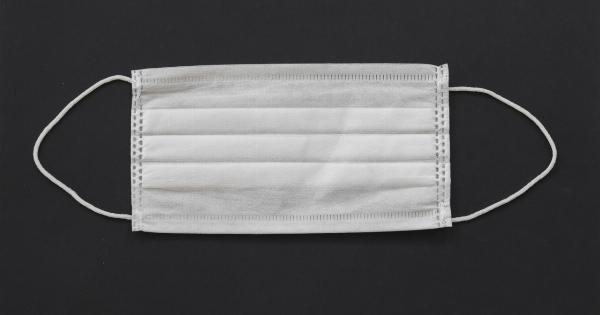Aspergillosis is a respiratory fungal infection caused by the inhalation of spores from the Aspergillus fungus.
While most people come into contact with Aspergillus spores on a daily basis without any adverse effects, individuals with compromised immune systems are more susceptible to developing aspergillosis.
Types of Aspergillosis
There are several types of aspergillosis, each affecting different parts of the body:.
Allergic Bronchopulmonary Aspergillosis (ABPA)
ABPA is an allergic reaction to Aspergillus spores that primarily affects individuals with asthma or cystic fibrosis.
When these individuals inhale the spores, their immune systems mount an exaggerated response, leading to symptoms such as wheezing, coughing, and shortness of breath.
Chronic Pulmonary Aspergillosis (CPA)
CPA is characterized by the long-term presence of Aspergillus infection in the lungs. This type of aspergillosis typically affects individuals with underlying lung conditions such as tuberculosis or chronic obstructive pulmonary disease (COPD).
Symptoms may include coughing, fatigue, weight loss, and wheezing.
Invasive Pulmonary Aspergillosis (IPA)
IPA is the most severe form of aspergillosis and primarily affects immunocompromised individuals, such as those undergoing chemotherapy or organ transplantation.
Invasive pulmonary aspergillosis occurs when the Aspergillus fungus invades the bloodstream and spreads throughout the body, leading to potentially life-threatening complications.
Diagnosis
To diagnose aspergillosis, healthcare providers may perform various tests, including:.
Chest X-ray
A chest X-ray can help identify areas of infection or inflammation in the lungs.
Computed Tomography (CT) Scan
A CT scan provides detailed images of the lungs, allowing healthcare providers to detect any abnormalities caused by aspergillosis.
Sputum Culture
A sputum culture involves analyzing a sample of mucus coughed up from the lungs to check for the presence of Aspergillus spores.
Bronchoscopy
A bronchoscopy involves inserting a thin, flexible tube with a light and camera into the airways to examine the lungs and collect samples for testing.
Treatment
The treatment of aspergillosis depends on the type and severity of the infection:.
Antifungal Medications
Most cases of aspergillosis are treated with antifungal medications, such as voriconazole or amphotericin B, which help to eliminate the fungal infection and prevent it from spreading.
Corticosteroids
In cases of allergic bronchopulmonary aspergillosis, corticosteroids may be prescribed to reduce inflammation and alleviate symptoms.
Surgery
In some severe cases of aspergillosis, surgery may be necessary to remove infected lung tissue or to drain abscesses caused by the infection.
Prevention
Preventing aspergillosis involves minimizing exposure to Aspergillus spores:.
Avoiding Construction Areas
Aspergillus spores are often found in construction sites or areas with decaying organic matter. Avoiding such locations can reduce the risk of inhalation.
Using Protective Equipment
Individuals who work in environments where they may come into contact with Aspergillus spores should wear respiratory protective equipment.
Keeping Indoor Areas Clean
Regular cleaning and maintenance of indoor spaces can help reduce the presence of Aspergillus spores.
Avoiding Activities that Generate Dust
Activities such as sweeping or gardening can release Aspergillus spores into the air. Taking precautions to minimize dust generation can lower the risk of exposure.






























